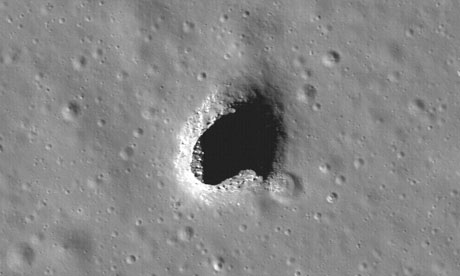This transmission electron micrograph taken at a magnification of 150,000x, reveals the ultrastructural details of an avian influenza A (H5N1) virion, pictured by the United States government's Centre for Disease Control.
Studies Of Deadly H5N1 Bird Flu Mutations Test Scientific Ethics -- L.A. Times
Dutch scientists have created a version of the deadly H5N1 bird flu that's easily transmitted. In an unprecedented move, a U.S. board asks that some details of the research not be published.
In a top-security lab in the Netherlands, scientists guard specimens of a super-killer influenza that slays half of those it infects and spreads easily from victim to victim.
It is a beast long feared by influenza experts, but it didn't come from nature. The scientists made it themselves.
Their noxious creation could help prevent catastrophe in the battle against the deadly H5N1 bird flu that has ravaged duck and chicken flocks across Asia and elsewhere since the mid-1990s but has mostly left our species alone — for one crucial reason. Though H5N1 kills with brutality when it takes hold in a human, it infects extremely rarely and doesn't go on to easily spread between people.
Public health officials have long fretted that the virus may one day find a way to do so.
Read more ....
Previous Post:
A Bioterror Weapon That Can Easily Kill BillionsMy Comment: From what I have been reading, this genetically engineered virus is incredibly lethal (60%). And while the desire is to now limit it`s findings, the sad fact is that we are now faced with a situation in which "Pandora`s Box" has been opened, and there are now too many people who are aware of its findings.





